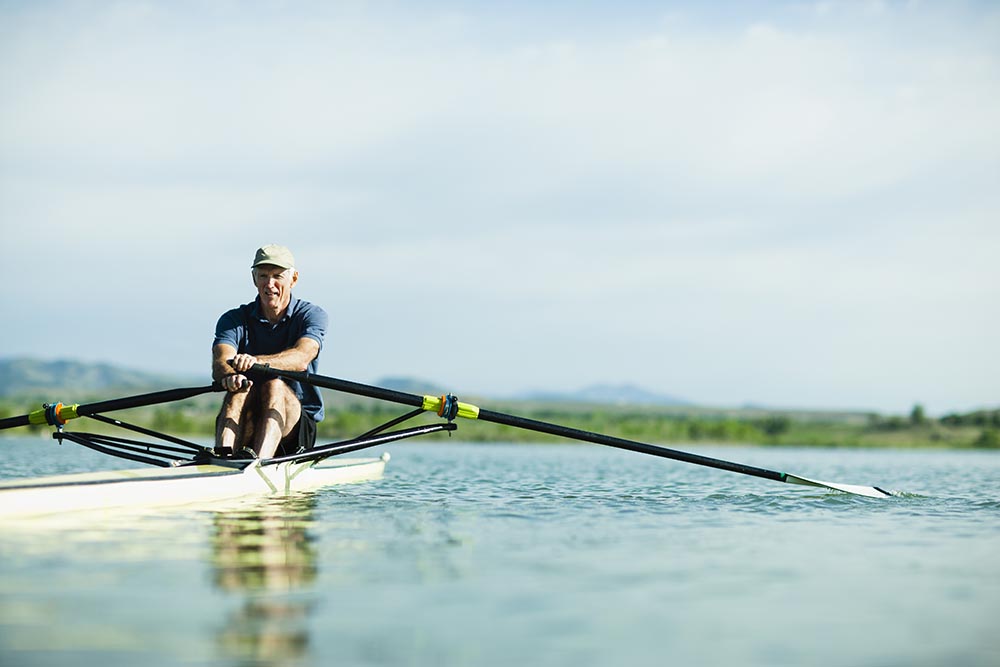
Rowing was first designed as a means of transport, going back to ancient Egypt, Rome, and Greece. Rowing as a sport, as we know it to be today, began in the 17th century when races were organised on London’s Thames River between professional “watermen”.
It wasn’t until boat clubs were created at such esteemed universities like Cambridge and Oxford in the 1800s, however, that the competition really started to grow. The rivalry between these two particular universities was very real. In 143, America joined in on the act when Yale University established the first American college rowing club.
As the sport had proven to be popular enough, the World Rowing Federation was founded on June 25, 1892. FISA was actually the first worldwide sports federation to be involved in the Olympics and has been a part of the Olympics since Athens 1896. Although, it’s worth noting that rowing events were cancelled in1896 due to high winds.
Rowing on land
As rowing grew in popularity across the globe, there was much demand for a training tool. While the history books say that an Athenian admiral by the game of Chabrias gave the world the very first rowing machine in the 4th Century B.C., as a tool for inexperienced rowers to learn timing and technique, we didn’t see rowing machines until 1872 after W.B. Curtis shared a hydraulic-based damper design.

From 1900 to the mid-21st century, another machine emerged in Rhode Island in the form of the Narragansett hydraulic rower. By the mid-1900’s, changes were made to indoor rowers to enhance power measurement. They soon became a significant training tool for colleges during the off-season.
Today, there are a number of manufacturers who make numerous rowing machines, both for the home and for commercial use (most people today use magnetic, air or water resistance). The majority of CrossFitters are likely more familiar with the Concept2 (“erg” or “ergometer”) designed by Dick and Peter Dreissigacker.
The Concept2
It was in 1975 when the brothers originally started producing carbon fibre oars while in training for what ultimately became an unsuccessful Montreal Olympic trial. Just four years later, the Concept2 oars were tested by college crews who found that they helped them to increase their speed. The Dreissigackers, on the back of their success, were keen to design a winter training rowing device.
In 1981, the two men decided to nail an old bicycle to the floor and pull the chain’s free end. From that decision, we saw the creation of the Concept2 model (A). The Concept2 rower we know today is five models down the line. It can also be transported easily and measure performance. Undoubtedly, this machine has resulted in big changes to athletic training on every level.
Rowing and CrossFit
Rowing is one of the fundamental tools in CrossFit’s varied and dynamic programming. Of the more than 4.176 WODs on CrossFit.com, at least one in every 11 workouts incorporates rowing. No longer just a sport for the elite, rowing is now a great way to get fit for everyone.




